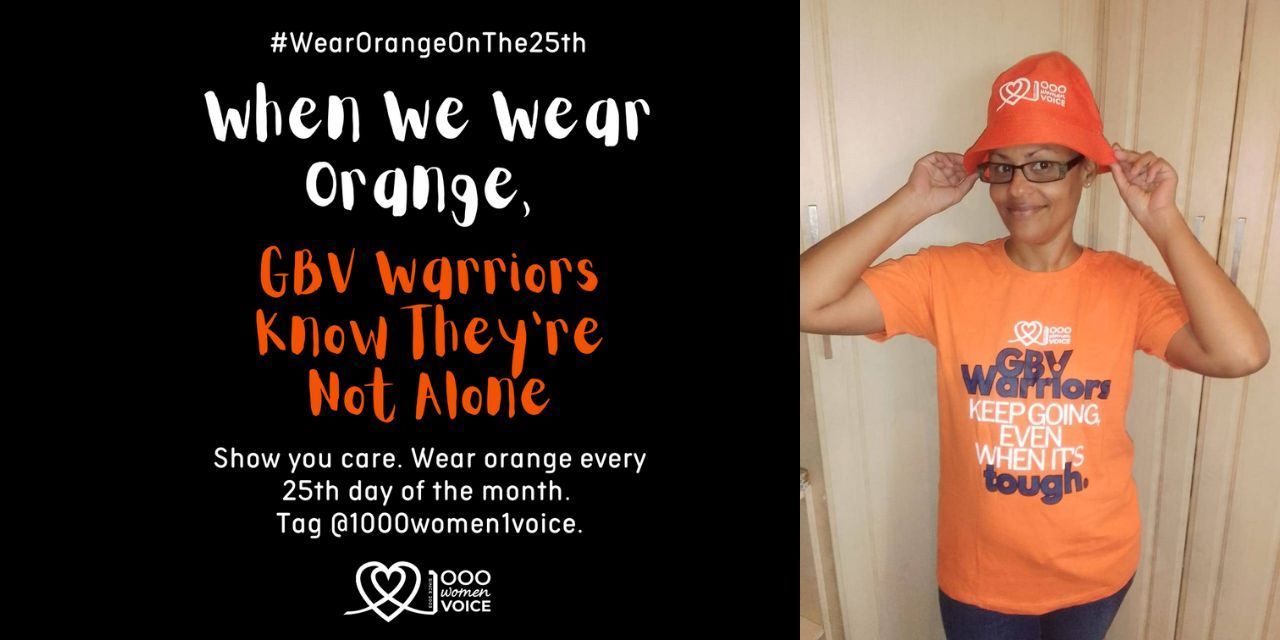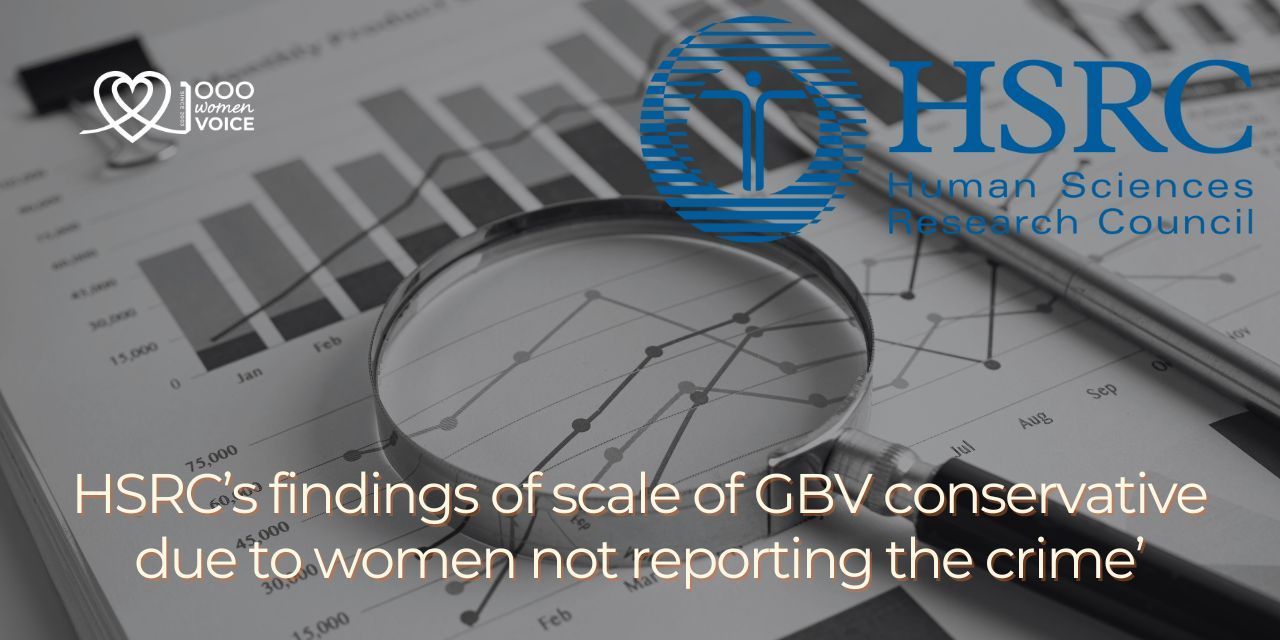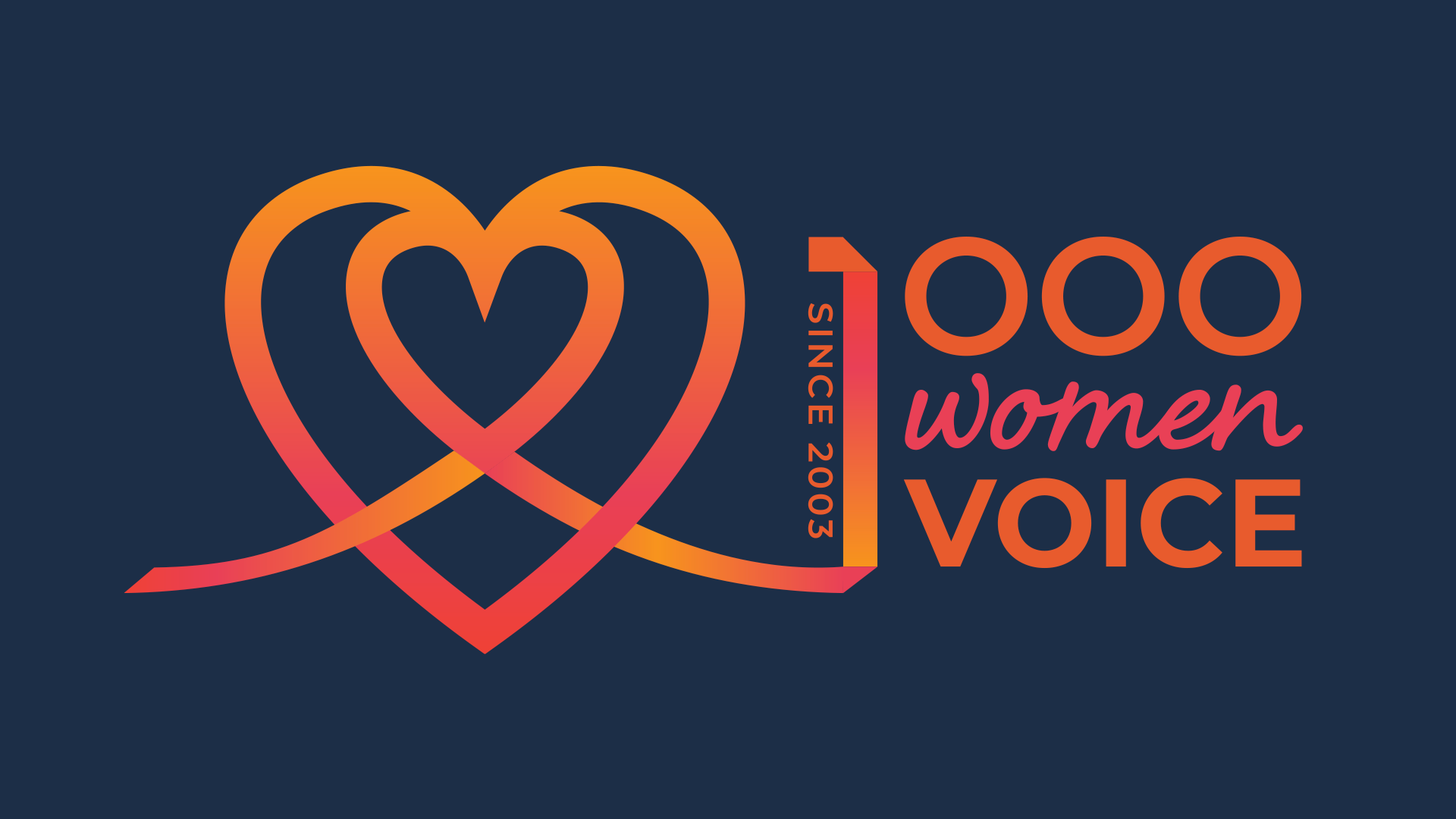1000 Women Trust devised plans to address alarming trends of cyberbullying
CAPE TOWN. – The results of a survey conducted in February 2021 by a digital identity, privacy, and social media protection company, Digiumune, revealed that 51.5% of the 200 parents who took part in the survey, had been cyberbullied.
It means that cyberbullying is rife in South Africa, reported TimeLive (10 th March 2021).
The survey found that more than one out of every two children in the respondents’ communities have been victims of cyberbullying or have accessed adult or otherwise inappropriate content online. Further, more than two out of five children have shared personal information online, and more than three out of 10 have been cyberstalked or been a victim of online shaming or revenge porn.
In November 2018, according to the Global Advisor Cyberbullying Study, which surveyed 20 793 parents from 28 countries, South Africa had the highest incidence of cyberbullying in the world, with 54 % of South African parents knowing of a child in their community that experienced cyberbullying. (Source: News24.com, 28 th November 2018).
Cyberbullying is defined as when a child or group of children under the age of 18 is intentionally intimidated, offended, threatened or embarrassed another child or group of children, specifically using information technology.
It’s reported that as many as 57% of South African learners have been bullied at some time during their high-school careers. When one considers that we have 2.2 million school-going children in this country, those percentages translate into truly staggering numbers.
This is alarming and 1000 Women Trust has decided to create awareness and provide women and girls to find their own solutions to the problem of bullying in our communities, said Tina Thiart, founder member of 1000 Women Trust.
1000 Women Trust created an anti-bullying toolkit made available to parents and children to address bullying and cyberbullying.
Thiart said that in a trauma-informed school, the best deterrent to bullying and cyberbullying is to create a culture of acceptance and communication.
Such a culture empowers learners to find positive ways to resolve conflicts and has an administration, teachers, and other staff who can support learners in making constructive decisions and respond proactively when the aggression of any kind exists on the school campus.
These steps can help you get started:
• Establish an anti-bullying policy — Know your state and district policies and seek input from all members of your school community to determine how your school will implement rules of conduct, a way for learners to report bullying, and the process by which the school will act to address reported bullying. Communicate the anti-bullying policy with all stakeholders (Teachers, Learners and parents)
• Put into action a school-wide plan — Disseminate a bullying prevention plan that involves all adults on campus in knowing how to support positive behaviour, address unacceptable actions, and refer learners who need additional counseling. Participate in Anti-bullying Campaigns and organize workshops for teachers and parents. Arrange sessions where children can speak out and report.
• Educate the school community — Incorporate bullying prevention in lesson plans, teach learners how to effectively respond to bullying, and provide resources for parents so they can be partners in your anti-bullying efforts. Encourage the community to participate in awareness campaigns.
Tougher legislation is needed in South Africa when it comes to bullying and a formal stand against any form of bullying in the young or the old can bring awareness into the future that could influence the lowering of statistics of violence against Women and Girls in this country, Thiart added.











